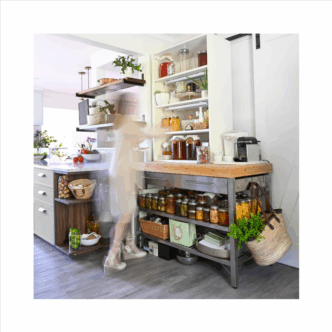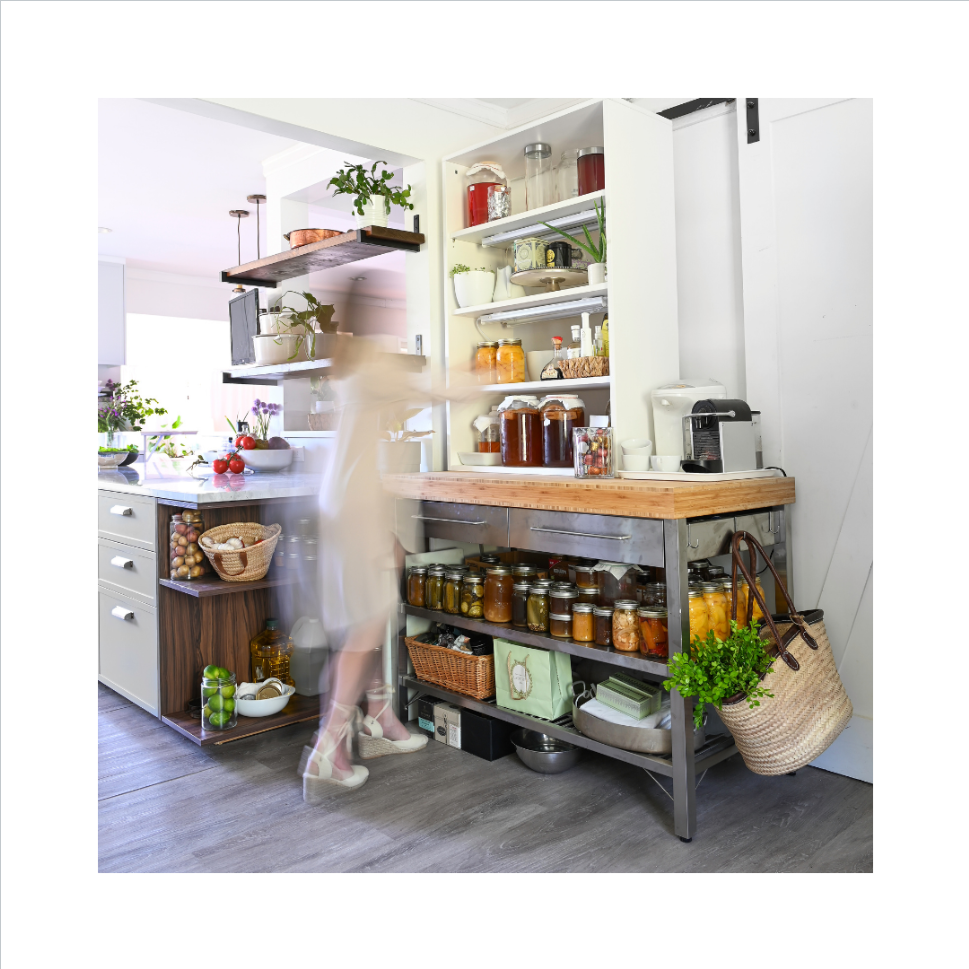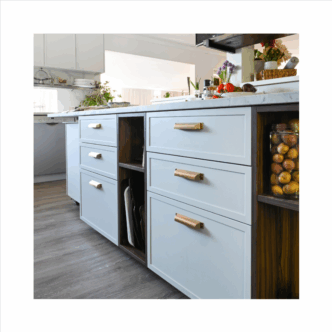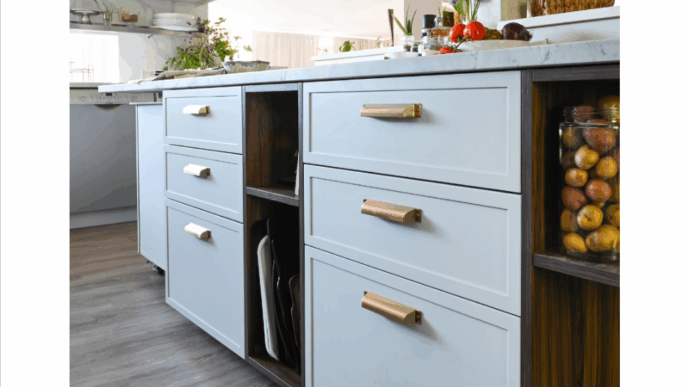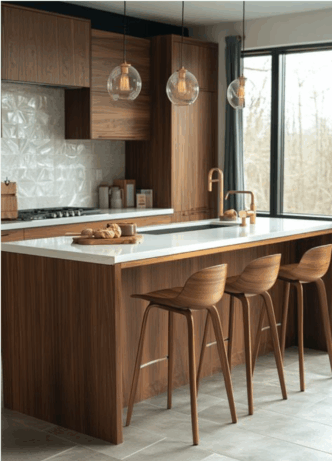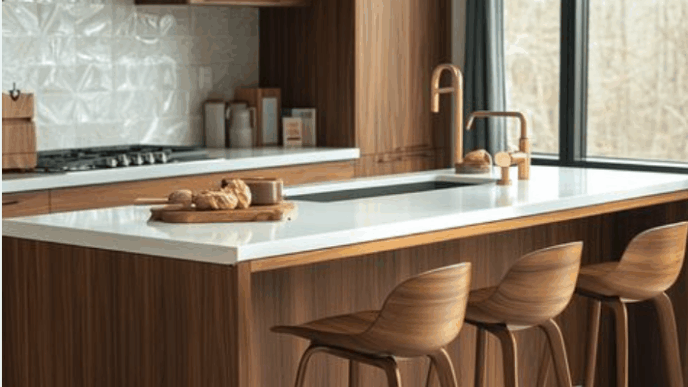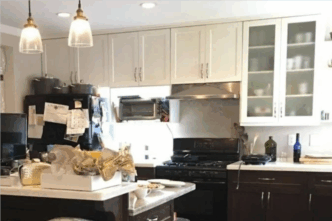A kitchen isn’t just a place to cook; it’s a workspace that requires meticulous planning and organization. Professional kitchen designers transform chaos into order through customized storage solutions and zoning layouts, empowering chefs to perform efficiently. This article introduces key kitchen storage strategies to help you optimize kitchen space utilization and improve cooking efficiency.
1. Customized Cabinetry Configurations – Adapting to Professional Equipment Needs
Every kitchen has different needs. Based on cooking styles and space constraints, designers tailor cabinetry to:
- Maximize space utilization and avoid dead space.
- Deep drawers designed to support up to 100 pounds easily store large kitchenware.
- Built-in partitions and drawer dividers improve organization and ease of access.
- Mechanical or electronic opening and closing systems enhance convenience.
2. Vertical Partitioning – Combining Efficient Processes with Ergonomics
Divide cabinet space into distinct vertical zones, arranging items according to cooking steps and frequency of use:
- High-frequency areas are located at waist level to minimize bending and reaching.
- Less frequently used kitchenware is placed on higher or lower levels.
- Clearly separate functional areas to avoid cross-storage and clutter.
- Use vertical storage racks to effectively utilize cabinet depth and height.
3. Professional Storage Systems – Keep Ingredients Fresh and Organized
Ingredient preservation directly impacts cooking quality. Professional kitchens feature climate-controlled storage areas:
- Temperature and humidity control tailored to the needs of different ingredients.
- Categorized storage to prevent cross-contamination.
- Effective ventilation and sealing measures extend shelf life.
- Storage areas suitable for specific processes, such as fermentation areas, are equipped with ventilation systems.
4. Deep Drawers and Accessible Equipment Storage
Heavy-duty drawer systems support large storage capacity while ensuring comfortable operation:
- Built-in dividers create dedicated areas for pots and tools.
- Smooth sliding and pulling reduce strain during movement.
- Utilize corner spaces, such as the Le Mans rotating rack, to expand storage capabilities.
- Powered opening and closing technology frees hands and improves work safety.
5. Built-in Metering Stations – Precise Control and Efficient Dosing
Precise dosing is key to culinary success, and professional kitchens integrate metering devices:
- Built-in electronic scales and measuring tools simplify preparation.
- Designed seasoning and spice storage areas provide quick and easy access.
- Streamlined storage improves overall efficiency.
6. Flexible Storage Solutions for Specific Equipment
Customize storage areas for large or unusually shaped kitchenware and appliances:
- Reinforced support frames ensure equipment safety.
- Movable dividers and height-adjustable shelves enable flexible space conversion. – Dedicated power management ensures convenient appliance access.
The core design focus of professional kitchen storage solutions is to enhance functionality while balancing ergonomics and maximizing space. Through strategic zoning, custom cabinetry, and advanced storage features, the kitchen becomes more than just a cooking space; it becomes an efficient and tidy work environment.
